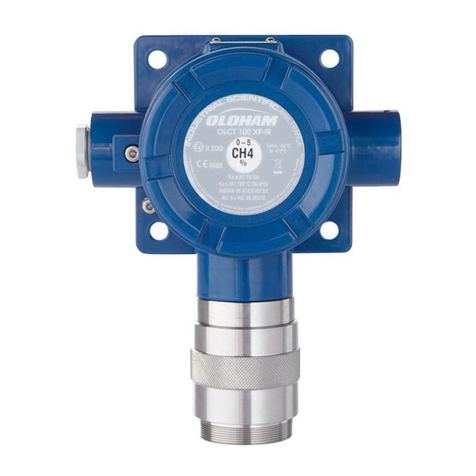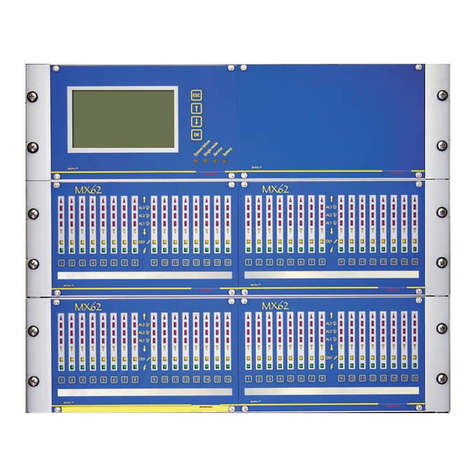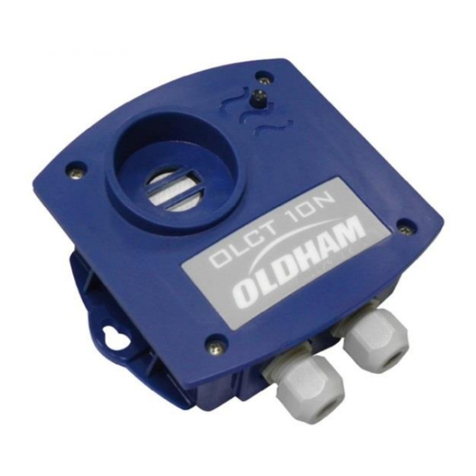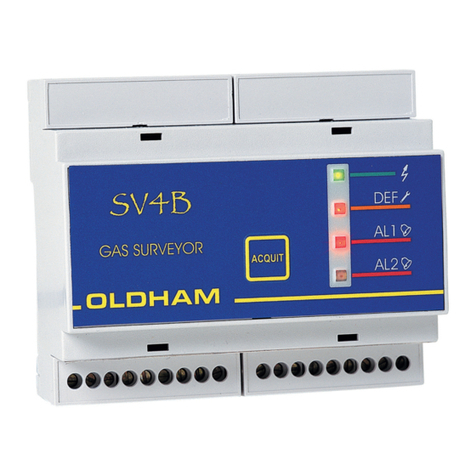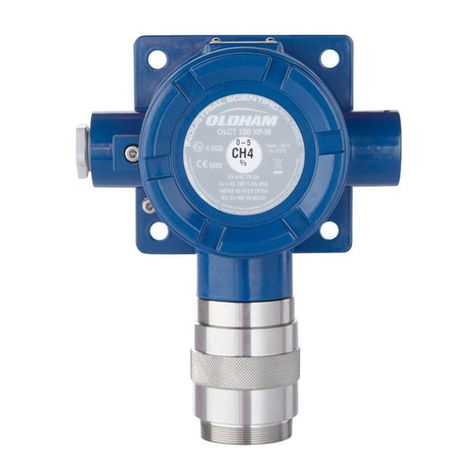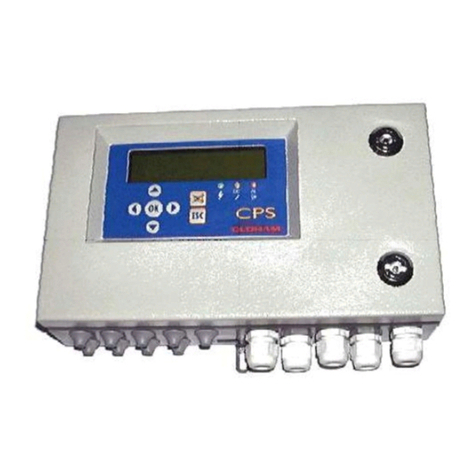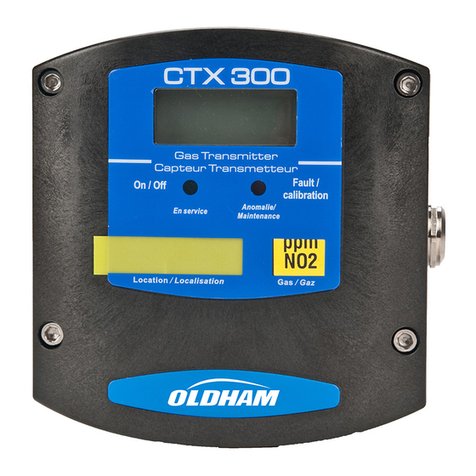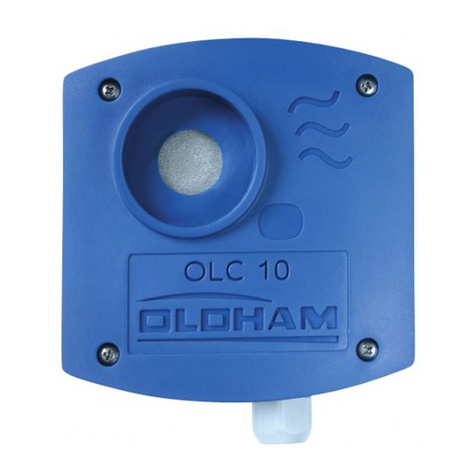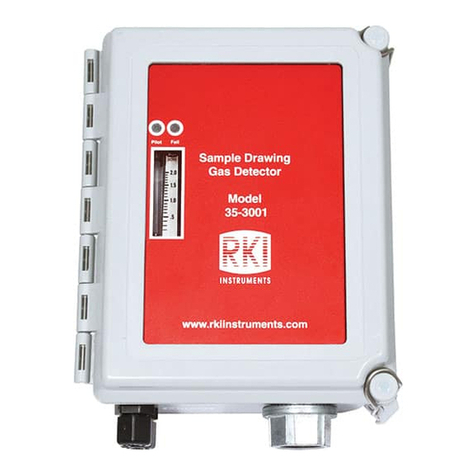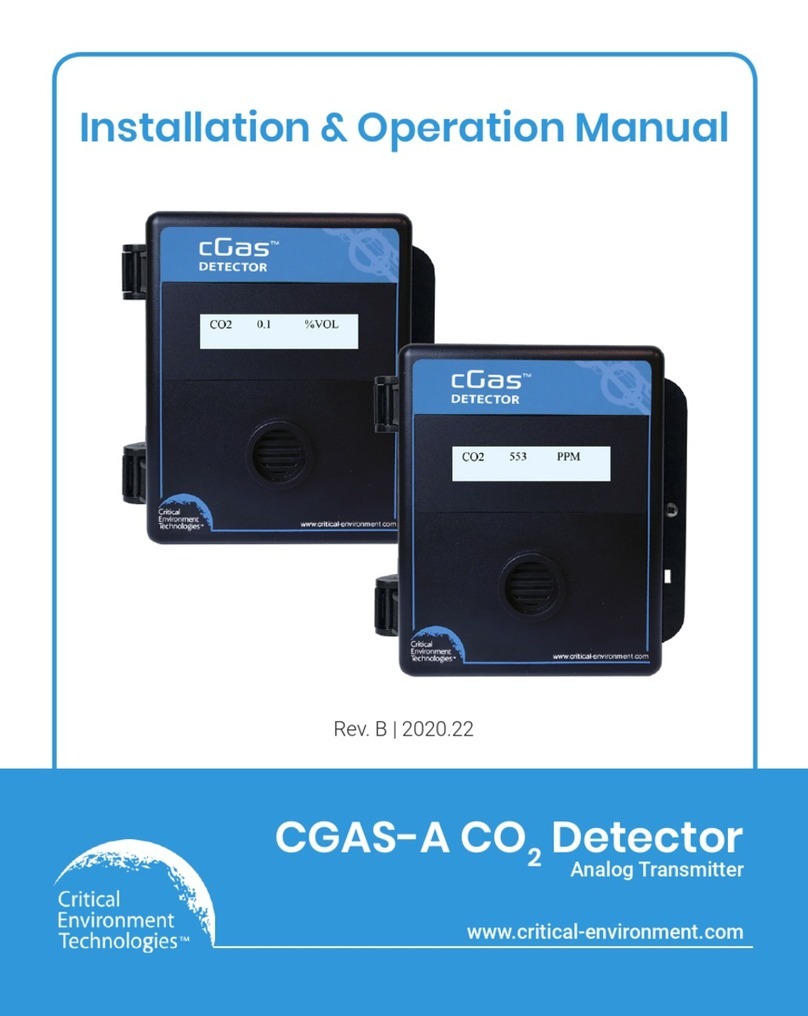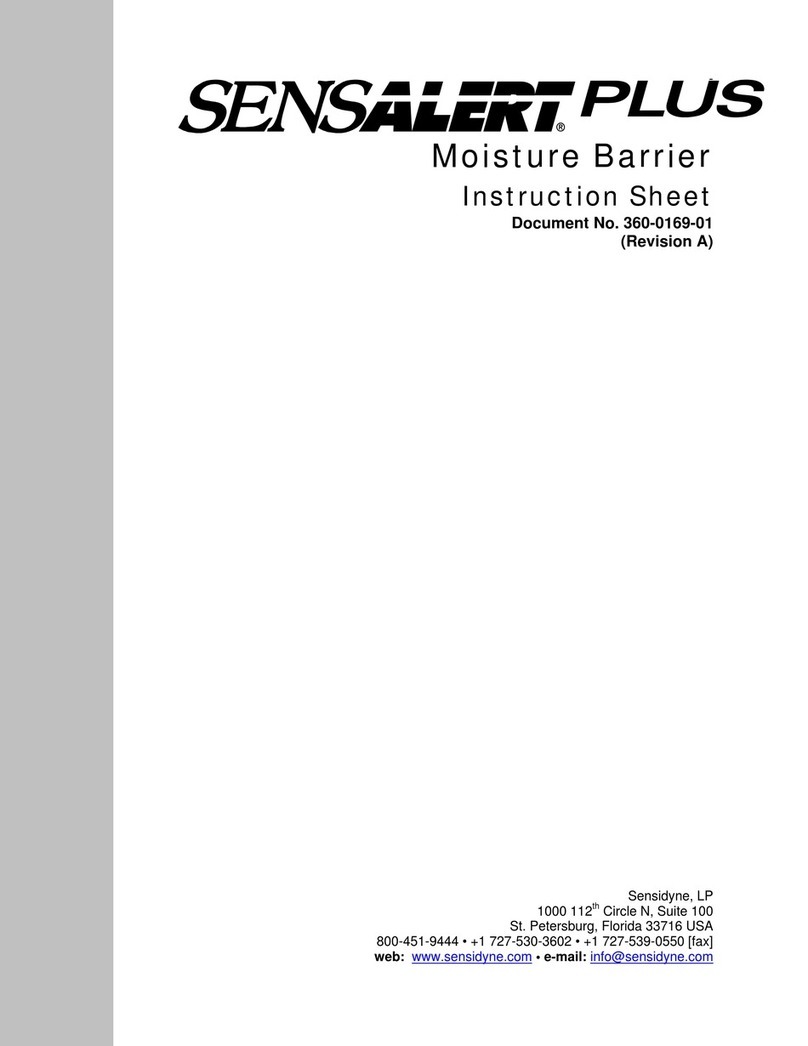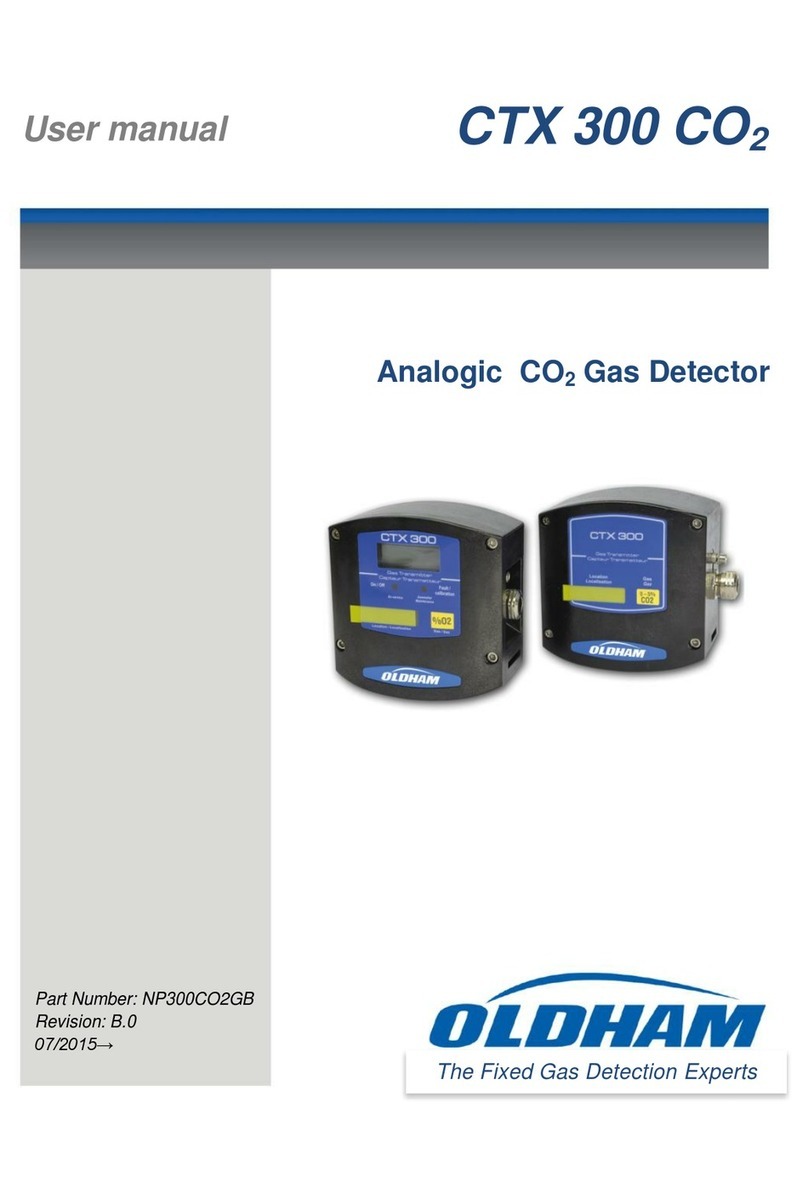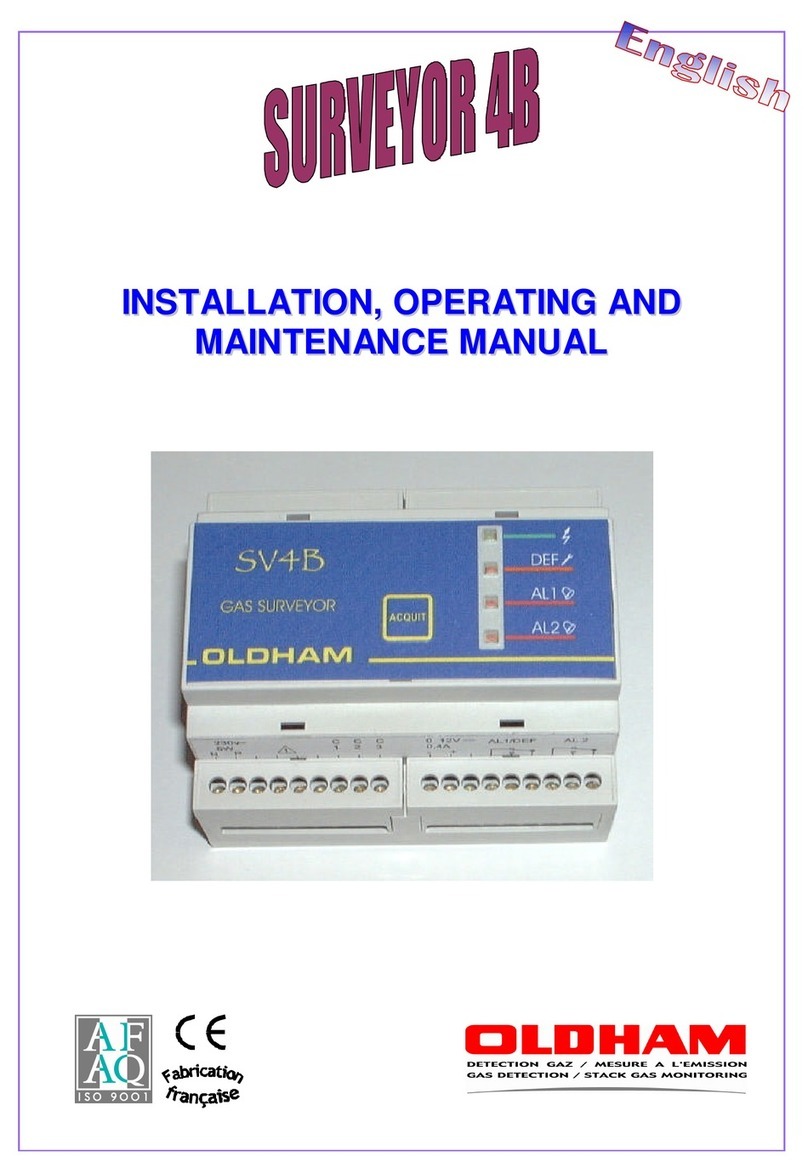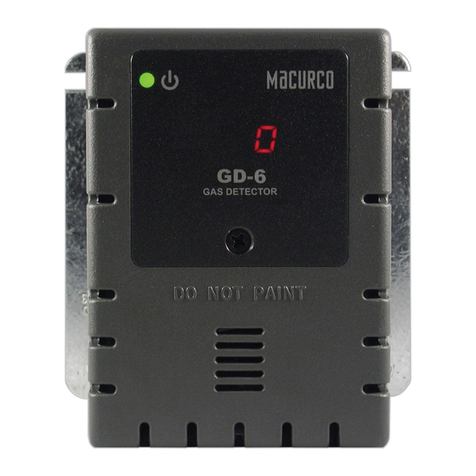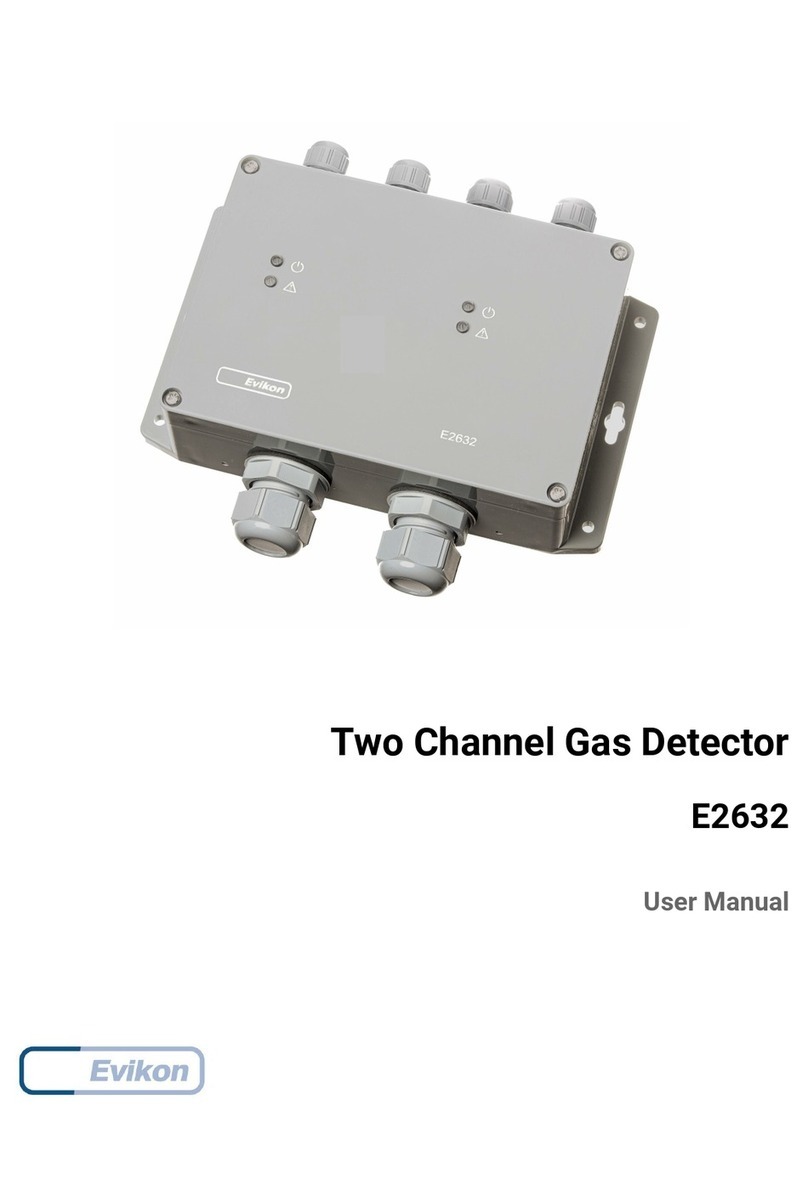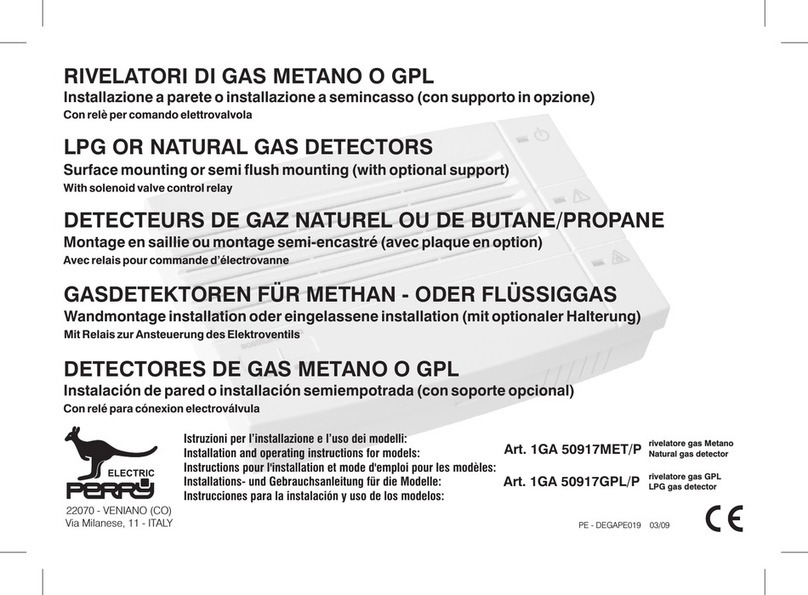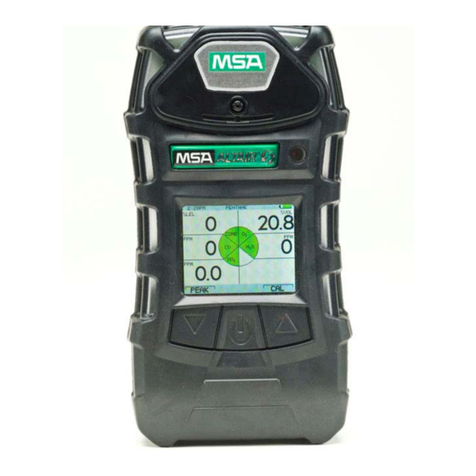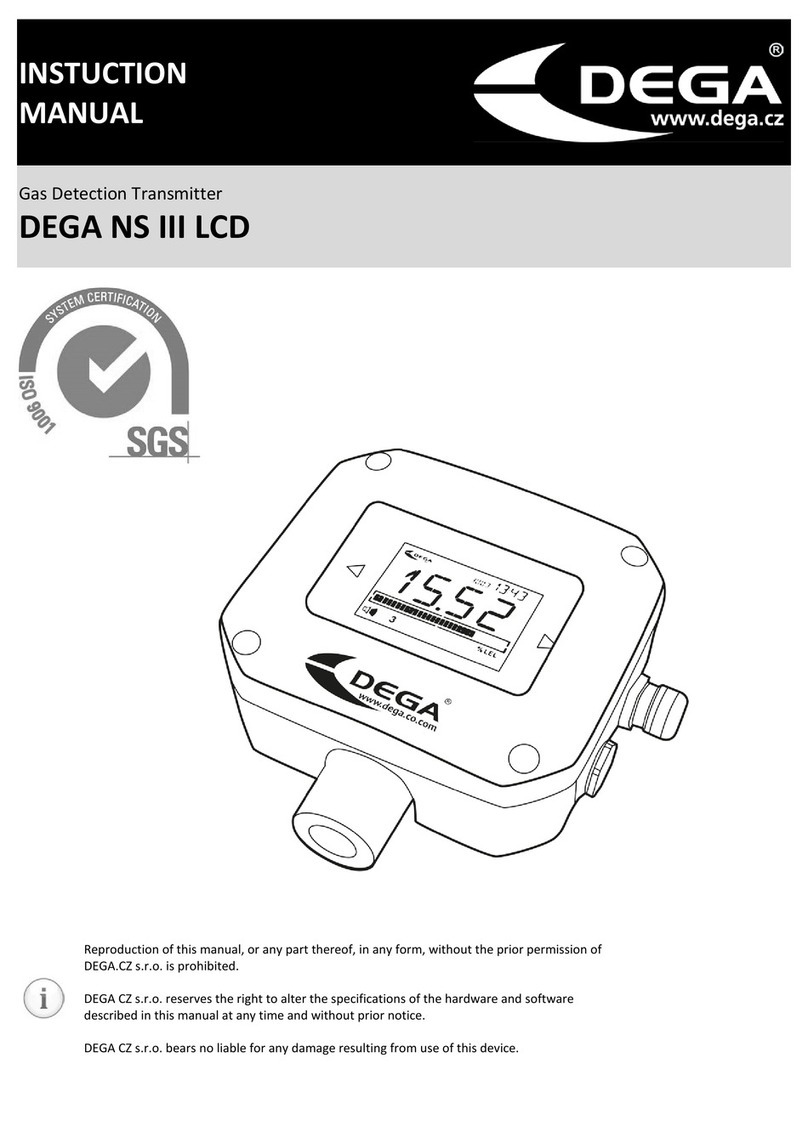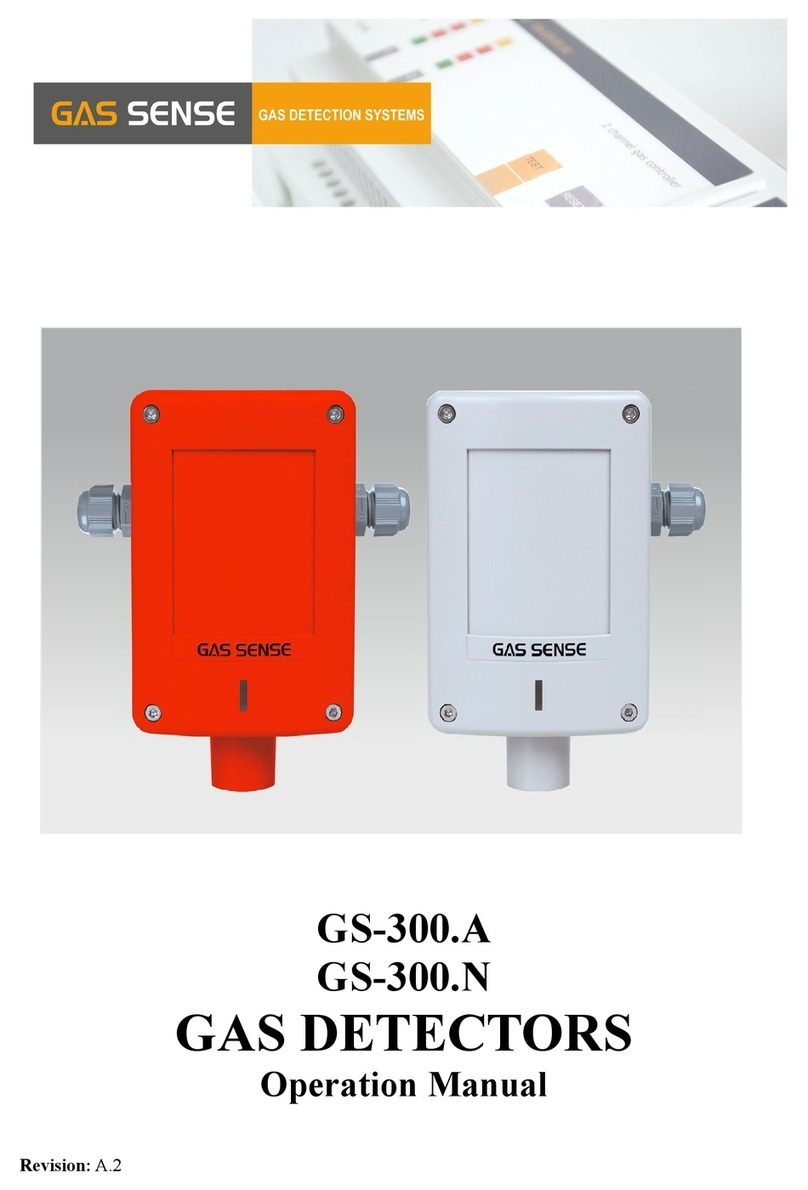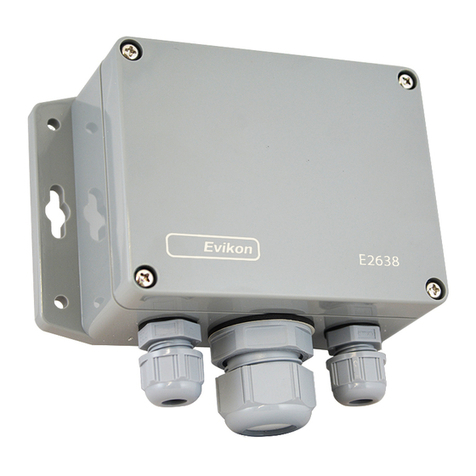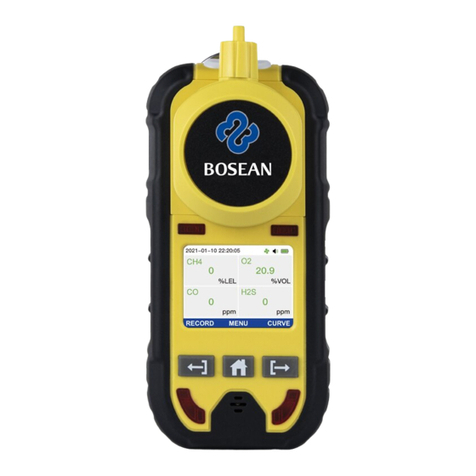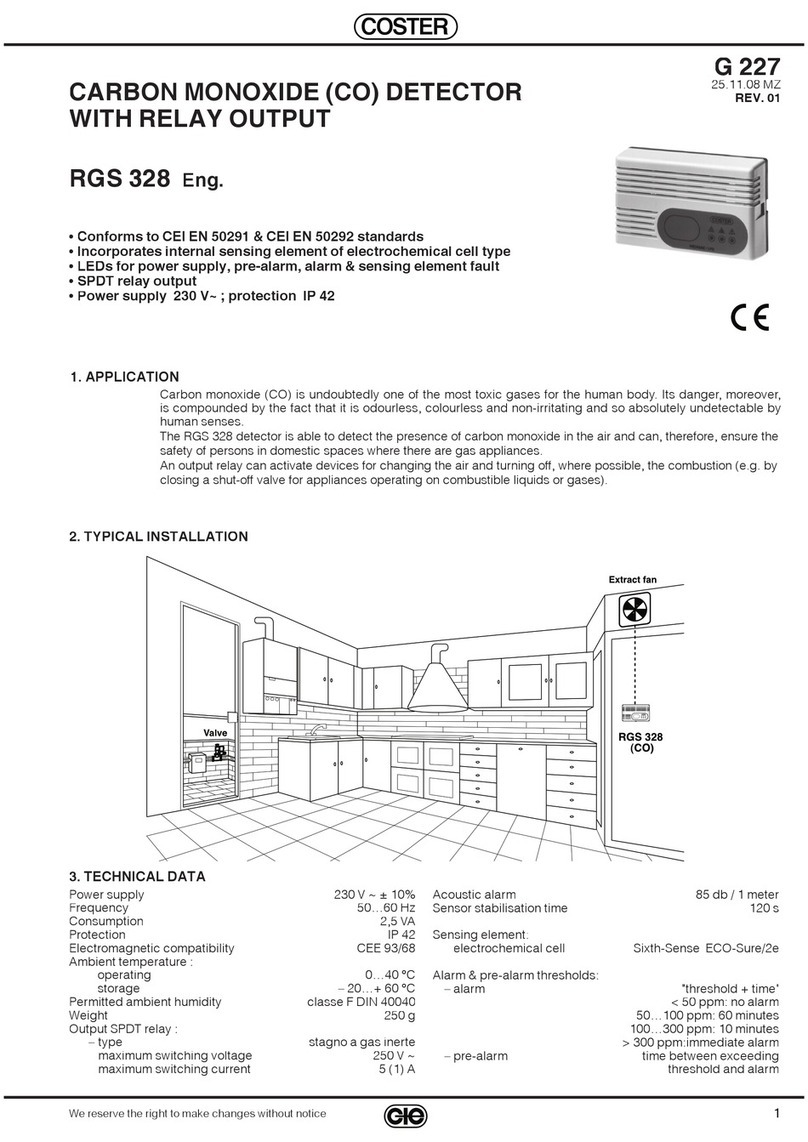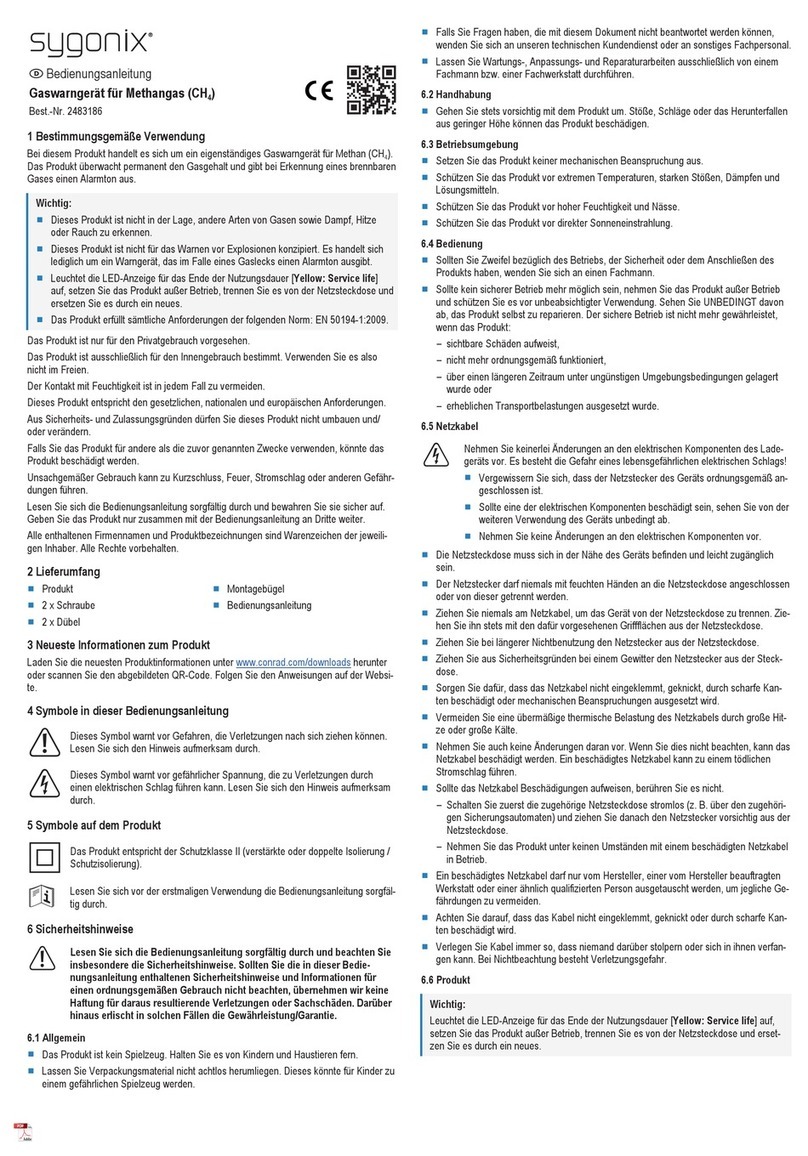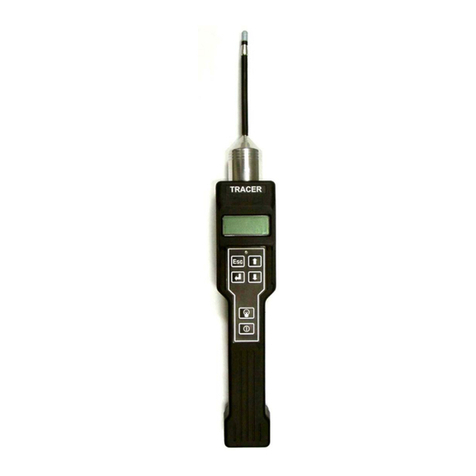Table of Contents
| Overview..............................................................1
Limitation of Liability .........................................................................................1
Ownership clauses ...........................................................................................1
Warnings...........................................................................................................1
Warranty...........................................................................................................2
Important Information........................................................................................2
Destruction of equipment..................................................................................2
Symbols used ...................................................................................................3
| Description..........................................................5
Overview...........................................................................................................5
Main characteristics of the various versions.....................................................5
Mechanical installation of the various versions ................................................6
| Wiring Arrangements.........................................7
3-wire version (OLC 20d, OLCT 20d)...............................................................7
2-wire version (OLCT 20d) ...............................................................................7
2-wire Intrinsic Safety version (OLCT 20i)........................................................8
| Installation...........................................................9
Regulations and operating conditions ..............................................................9
Equipment required ..........................................................................................9
Positioning the detector ....................................................................................9
Mounting the detector.................................................................................... 10
| Maintenance......................................................11
Maintenance frequency ................................................................................. 11
Detector OLC 20............................................................................................ 12
Transmitters OLCT 20................................................................................... 12
Replacing a sensor on OLCT 20................................................................... 14
| Spare Parts........................................................15
Flameproof approved replacement sensors.................................................. 15
Intrinsically-safe approved replacement sensors .......................................... 16
| Accessories ......................................................17
| Technical Specifications..................................19
Common........................................................................................................ 19
OLC 20d ........................................................................................................ 19
OLCT 20d ...................................................................................................... 19
OLCT 20i ....................................................................................................... 19
Sensors.......................................................................................................... 20
Cross gas factors for combustible gases....................................................... 21
